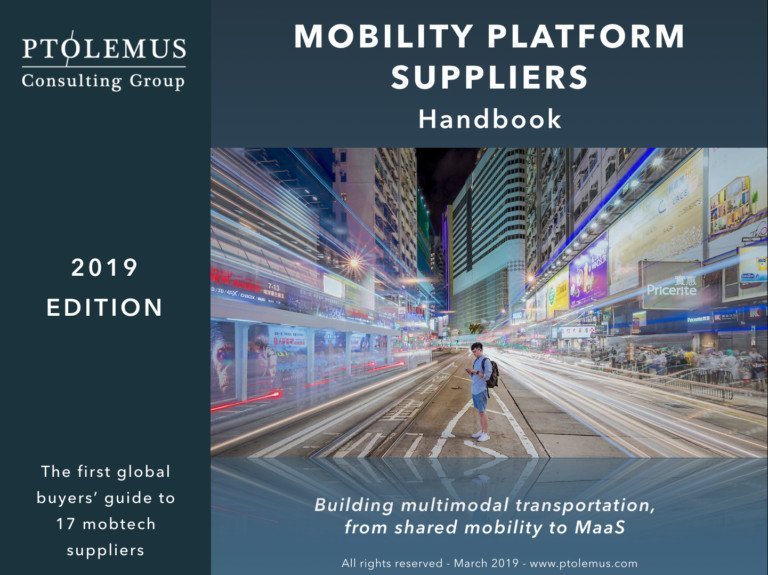Analysing the technology providers that beat mobility challenges

Increasing urbanisation and congestions in cities is becoming a major problem for numerous public authorities and city dwellers. Instead of adding new roads, public transportation authorities are starting to focus on how to improve urban mobility using new technologies.
Shared mobility is starting to be promoted in and/or by cities. In the best scenario, new shared mobility services are directly connected to existing public transportation systems via aggregator platforms.
In order to help public transportation operators and city authorities to develop these platforms and find their optimal shared mobility platform provider, we have created a Mobility Suppliers Handbook where we analysed two different kind of platform suppliers:
On the one hand we analysed transport platform providers that offer a single operator solution (eg. Vulog, Ridecell or Invers). These are the platform providers for shared mobility operators that we use progressively in our daily lives (eg. Free2Move, Poppy, Ubeeqo, etc..)
On the other hand, our report includes an analysis of the main mobility platform providers that aggregate multiple operators and modes (eg. Moovit, SkedGo or A-to-Be) on one single platform. These mobility-as-a-service providers optimise the use of both existing and new transport options in order to deliver a seamless, convenient traveller experience at a minimal cost.
The mobility-as-a-service operators will change urban mobility by bringing together the private shared mobility operators and the public transportation operators. Thus, they will no longer compete against each other. Instead, they will work together in order to combat congestion and meet the rising demand for mobility.
Learn more about the MaaS software suppliers in our Mobility Platform Suppliers Handbook.

